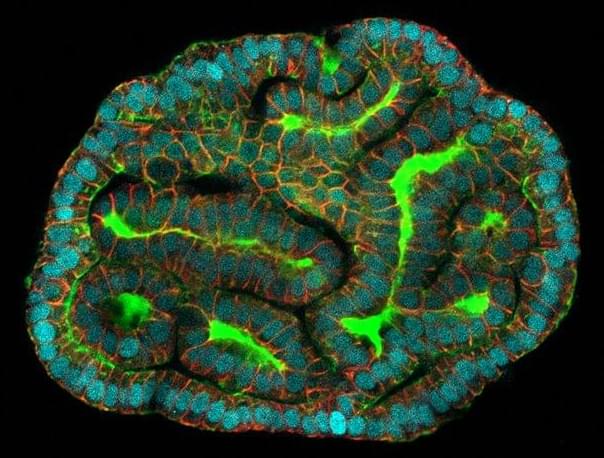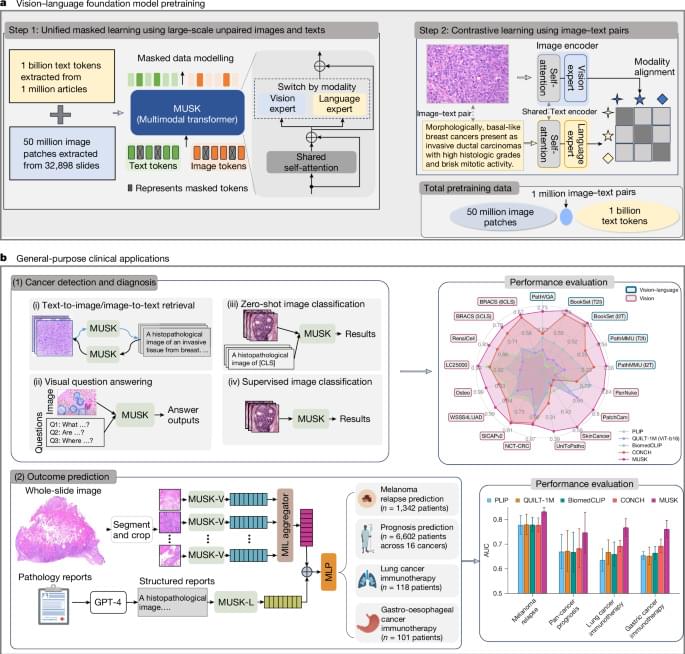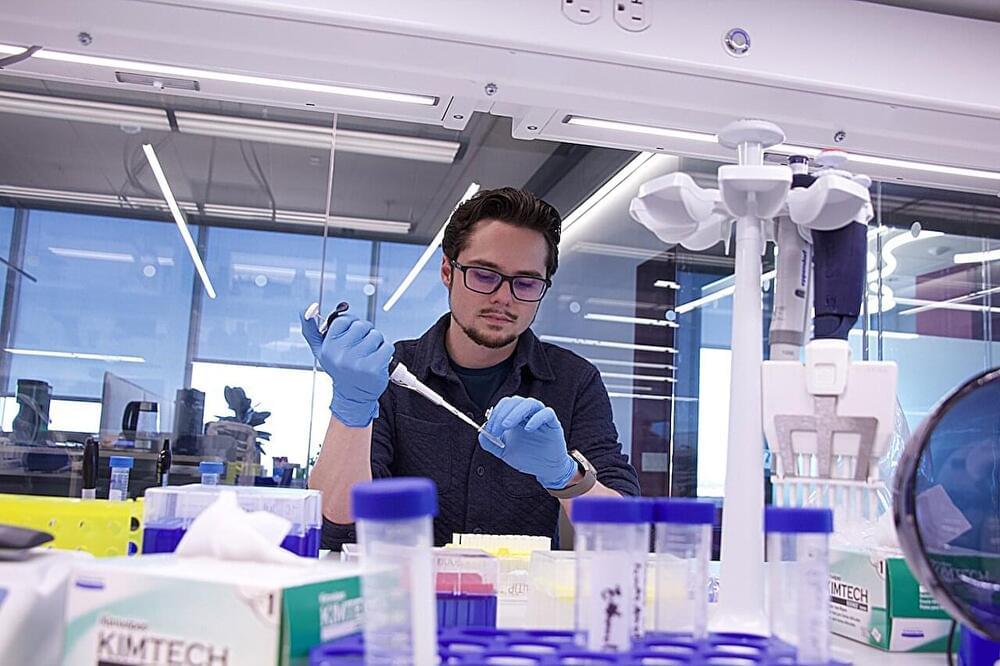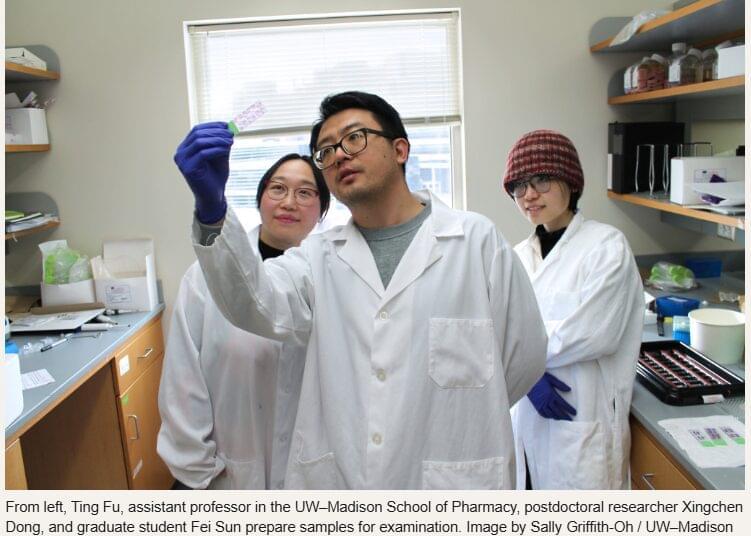Acting as mini organs in a dish, organoids fuel diverse research areas, from cancer to evolutionary biology.


Join us on Patreon! https://www.patreon.com/MichaelLustgartenPhD
Discount Links/Affiliates:
Blood testing (where I get the majority of my labs): https://www.ultalabtests.com/partners/michaellustgarten.
At-Home Metabolomics: https://www.iollo.com?ref=michael-lustgarten.
Use Code: CONQUERAGING At Checkout.
Clearly Filtered Water Filter: https://get.aspr.app/SHoPY
Epigenetic, Telomere Testing: https://trudiagnostic.com/?irclickid=U-s3Ii2r7xyIU-LSYLyQdQ6…M0&irgwc=1
Use Code: CONQUERAGING
NAD+ Quantification: https://www.jinfiniti.com/intracellular-nad-test/

Summary: Researchers have developed an AI model that accurately predicts gene activity in any human cell, providing insights into cellular functions and disease mechanisms.
Trained on data from over 1.3 million cells, the model can predict gene expression in unseen cell types with high accuracy. It has already uncovered mechanisms driving a pediatric leukemia and may help explore the genome’s “dark matter,” where most cancer mutations occur.


Influential inventions often combine existing tools in new ways. The iPhone, for instance, amalgamated the telephone, web browser and camera, among many other devices.
The same is now possible in gene editing. Rather than employ separate tools for editing genes and regulating their expression, these distinct goals can now be combined into a single tool that can simultaneously and independently address different genetic diseases in the same cell.
In a new paper in Nature Communications, researchers in the Center for Precision Engineering for Health (CPE4H) at the University of Pennsylvania School of Engineering and Applied Science (Penn Engineering) describe minimal versatile genetic perturbation technology (mvGPT).

In a world grappling with a multitude of health threats—ranging from fast-spreading viruses to chronic diseases and drug-resistant bacteria—the need for quick, reliable, and easy-to-use home diagnostic tests has never been greater. Imagine a future where these tests can be done anywhere, by anyone, using a device as small and portable as your smartwatch. To do that, you need microchips capable of detecting miniscule concentrations of viruses or bacteria in the air.

Microbes living in our guts help us digest food by reshaping the bile acids that our livers produce for breaking down fats. It turns out that two of these microbially-modified bile acids may affect our risk—in opposite directions—for developing colon cancer.
The link between these bile acids and colon cancer risk was recently uncovered as University of Wisconsin–Madison scientists sought to better understand the relationship between gut microbes and our bodies.
In many ways, that relationship revolves around a specific protein called the farnesoid X receptor, or FXR, which helps maintain a healthy gut through its intimate relationship with bile acids. FXR controls the production of bile acids in the liver, but it also responds in different ways to the presence of various bile acids that microbes have modified.

Using this model, researchers may be able to identify antibody drugs that can target a variety of infectious diseases.
MIT researchers have developed a computational technique that allows large language models to predict antibody structures more accurately. Their work could enable researchers to sift through millions of possible antibodies to identify those that could be used to treat SARS-CoV-2 and other infectious diseases.
Check out the full article here: https://www.wevolver.com/article/a-new-computational-model-c…accurately.


NeuroXess, a Chinese startup, has made two major breakthroughs in brain-computer interface (BCI) technology, coming to the aid of a brain-damaged patient. The first was its ability to decode thoughts to speech in real time, and the other was remotely controlling a robot arm using thoughts alone.
Testing of the startup’s new BCI also enabled the user to talk to an artificial intelligence (AI) model and operate a digital avatar. These tests are result of an experiment undertaken in August 2024 at Huashan Hospital, where neurosurgeons implanted a 256-channel, high-throughput flexible BCI device into the patient’s brain.